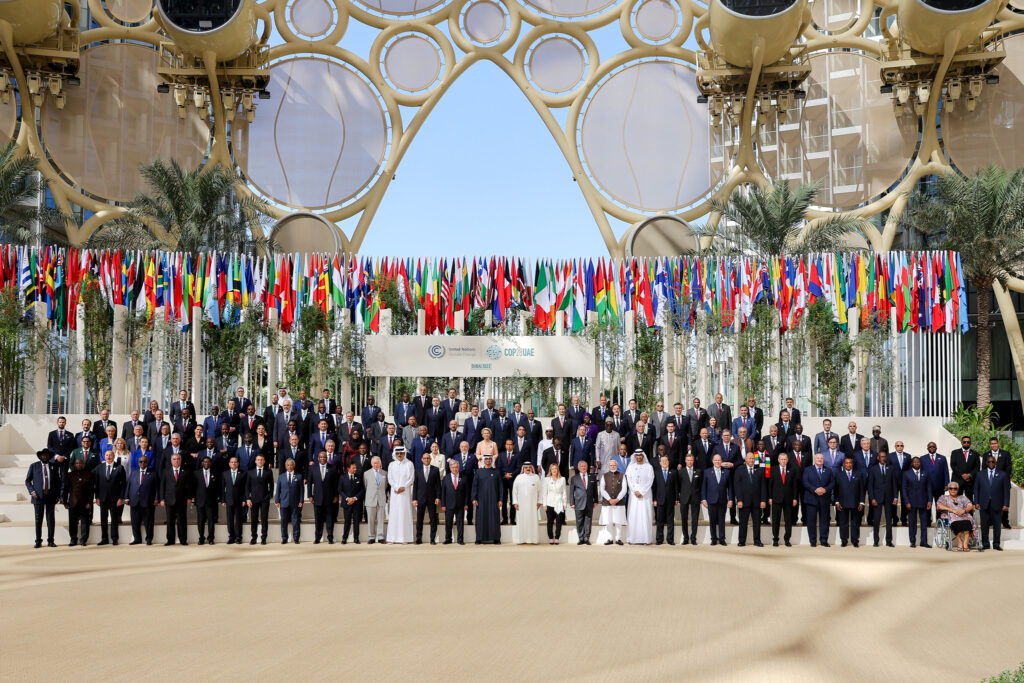
COP formally recognizes nuclear as clean energy
While much of the news coverage of COP28 in Dubai has focused on discussions around the need to rapidly transition away from fossil fuels, the real star of this round of climate negotiations has undoubtedly been nuclear. In the final text of the Global Stocktake, unanimously agreed today at COP28, nuclear is included as one of the means to achieve “deep, rapid and sustained reductions in greenhouse gas emissions”.
This marks the culmination of a remarkable few years for the nuclear sector both here in Canada, and all around the world. While the low-carbon credentials of nuclear were rarely debated, gaining political and social acceptance of its role in the fight against climate action has been a major struggle. The world accepted without question the need for renewables and energy efficiency, but nuclear was historically left on the sidelines, despite the role of nuclear in already dramatically reducing or avoiding carbon emissions around the world.
Nuclear is no longer on the sidelines.
Last week, 22 nations, including Canada, announced a pledge to triple nuclear capacity by 2050. This was quickly followed by a similar pledge from industry, supported by 120 companies from around the world. These pledges are not merely empty promises or words on a page but are rather a rallying cry for an industry that has been eager to showcase what the modern nuclear industry can do for climate and the economy.
“We have seen this incredible shift from ideology around technology to pragmatism,” said CNA President and CEO John Gorman, in an interview last week with Globe and Mail. This shift is further represented in other aspects of the COP28 agreement, including recognition that the low-carbon transition will require the full range of energy technologies, and cannot succeed on renewables alone.
This rapid evolution in the perception of nuclear on the international stage follows similar changes here in Canada and other G7 nations. Over the past 18 months, the Government of Canada formally recognized nuclear as clean energy through its inclusion in the various Clean Energy Investment Tax Credits, made nuclear eligible in the Green Bond Framework, and expanded the mandate of the Canada Infrastructure Bank to explicitly include investments in nuclear. A range of other discrete funding announcements from both federal and provincial governments further emphasized Canada’s commitment to this critically important clean energy technology.
Over the past few years, the central focus of the CNA has been on gaining political support for nuclear. There can be no question that this support is as strong as it has been for generations. The challenge now is taking that support and turning it into action, through real projects delivered on time and on budget. Canada’s nuclear sector has proven that it has the people, expertise, technology, and experience to make that happen.



